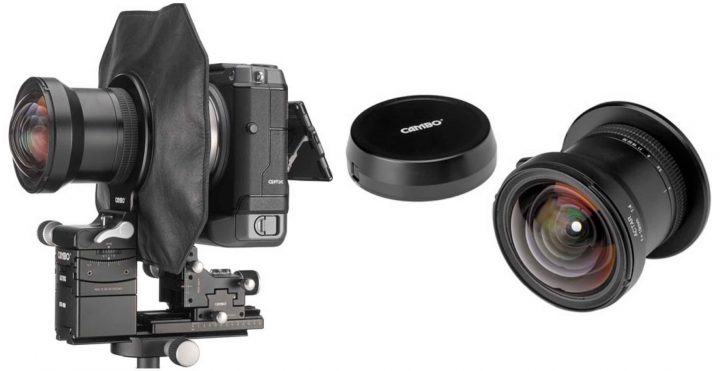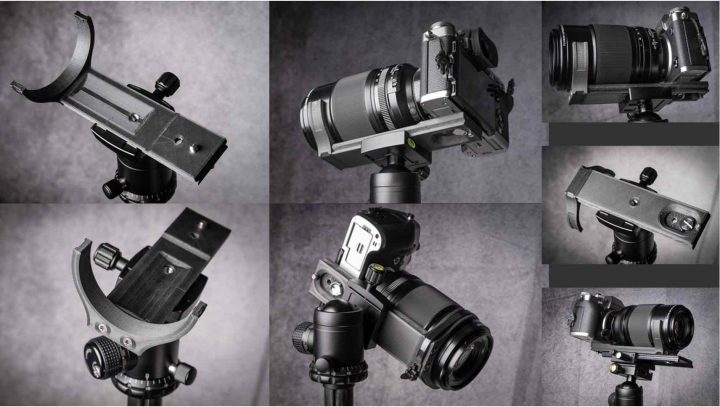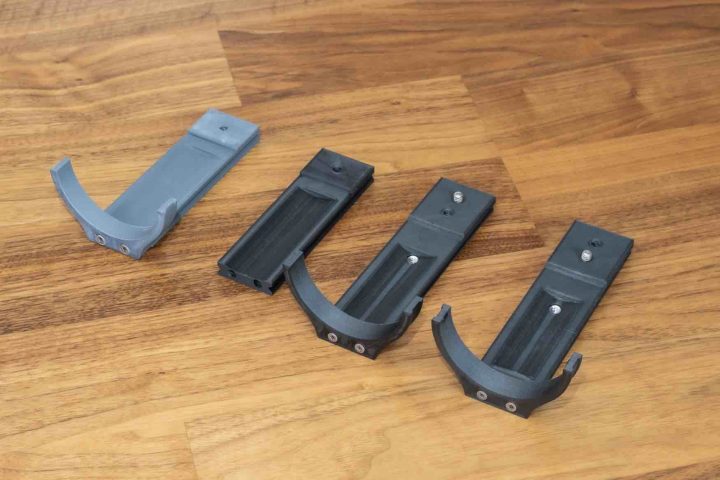Fujifilm Instax Square SQ1 Announced
Fujifilm has just announced the new Fujifilm Instax Square SQ1 Instax camera.
I am not sure if the photography world really needed it. I’d have been happier with an Instax Wide Printer.
Fujifilm has just announced the new Fujifilm Instax Square SQ1 Instax camera.
I am not sure if the photography world really needed it. I’d have been happier with an Instax Wide Printer.
DISCLAIMER: The Sony A7C is a great camera and will push other companies to work harder and to give us customers more features for less price, which is why I love Sony launched it. I think we X shooters will also profit from it.
So, the Sony A7C is real.
It’s small and it’s full frame.
It’s also rather affordable for being full frame, although still more expensive than a high-end APS-C camera like the Fujifilm X-T4.
Now, I could do what other do and focus merely on comparing size and price of the Sony A7C with the Fujifilm X-T4 or other high end APS-C cameras.
Or I could go beyond size and price and compare its features, because only comparing the whole package makes sense.
And as much as Sony has done right with the Sony A7C, it also one more time proves the point I made in an earlier article, where I wrote about the APS-C art of balance vs FF need for compromises.
I used the automatic specs comparison feature at BH to compare both cameras, and here is what I noticed (given for granted the specs comparison tool is accurate, which it usally is):
These are just some of the things I noticed, and that show that APS-C cameras can pack so much more into a small body than full frame, whereas full frame has to consistently make compromises, to try to go below $2,000, and the Sony A7C is no exception to that.
For example:
The Nikon Z5 goes down at $1,400, but has to sacrifice BSI technology, and we know non-BSI sensors have a much slower sensor readout. Hence, max 4fps, huge 1.7x crop in 4K30 and other downsides for the Nikon.
The Canon EOS R6 tries to do better than the Sony A7C and Nikon Z5, by not compromising on video and hardware features (dual UHS-II, nice video specs, nice viewfinder), but that makes it immediately climb up at a $2,500 price tag, hence significantly higher than the Fujifilm X-T4.
So, we can just focus on how small the camera is. Or we can look at the full package.
And the Fujifilm X-T4 is and remains a best allrounder in my opinion (and not only mine, also DPReview thinks this way).
Our Owners Groups
Our Facebook Pages

When it comes to lens selection, the Fujifilm GFX is expanding at a rate of 2/3 lenses a year, delivering some of industries best lenses.
But so far, Fujifilm has not yet released a tilt-shift lens.
This is even more strange, as back in February 2019 Fujifilm mangers asked us which lenses we would like for the GFX system, and all the options they gave us, was to vote on tilt-shift lenses (see the official Fujifilm survey here).
Now, as you know, Cambo is already offering since a few years not the popular Cambo ACTUS G also for Fujifilm GFX.
But very soon Cambo will also announce the brand Cambo ACTAR 19mm lens, which uses the optical elements of the Nikkor 19mm, which is wide enough to cover the 44×33 medium format GFX sensor and still offers 5 mm of shift.
Delivery will start in October.
The GFX Community
Follow FujiRumors: Facebook, Flipboard, Instagram, RSS-feed, Youtube and Twitter
In these days I get several emails from FR-readers, asking me if it’s worth to sell their (currently discounted) XF56mmF1.2 to get the brand new XF50mmF1.0.
As usual such a question is not easy to answer.
The best I can do, is to share you my own struggles and thoughts, and hope that there is something among it, that you might find useful for your own decision.
So, here is the thing.
Fujinon XF 80 Macro tripod mount support 3D printed
by Andrees – Instagram
Recently I bought the XF 80 Macro after I got rid of the extension tubes which not as comfortable as a dedicated macro lens. After the first use with the X-T3 and a tripod I understood, why so many users claim a ring bracket for tripod mount.
Well, one of my several other hobbies is 3D printing and I was looking for a new printing project. So I had a new one: a stable and comfortable tripod mount for the combination of the XF80 and the X-T3.
I quickly came to the point, that there’s not enough space for a ring bracket close to the center of gravity. Then I had the idea for a support mount that’s fixed via the tripod thread mount of the camera and a support ring at the front of the lens. Well, the 3D CAD design for the first prototype took about 2 hours and the print was done in 8 hours over night on two printers with different material types: ASA (ABS) and a carbon fibre added co polymer, I didn’t use before.
The result with the new co polymer was really good! And the part was very stiff. It just worked from the beginning. The tripod mount is realized by the Arca Swiss compatible contour of the base. So the project was done. No! I forgot the combination of XF80 with the XF1.4 TC! Okay, new base 15 mm longer plus 2 second screw hole. And what if I want to mount it on a macro skid? So there hat to be a 1/4“ screw mount as well.
After all these iterations I don’t have many more ideas for improvements. It’s quite comfortable in the usage as you can keep it in the center of gravity, it supports the lens in portrait mode as well, it can be secured with a releasable zip tie if necessary, the only thing it can not is rotating around the lens axis.
Fujinon XF 80mmF2.8 Macro: BHphoto, Adorama, AmazonUS, FocusCamera

